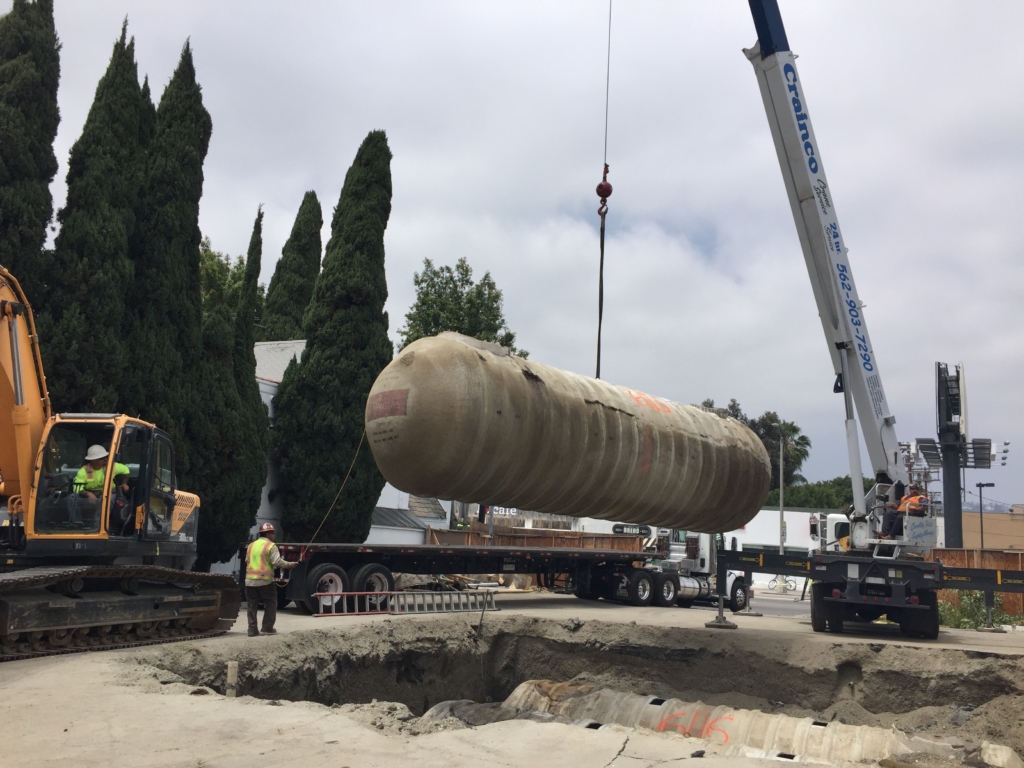Representative Project Descriptions:
- Kinder Morgan Energy Partners (KMEP), QES managed up to 15 petroleum release remediation projects simultaneously that were impacted by gasoline, diesel, jet fuel, and fuel oxygenates (primarily MTBE and TBA) in soil and groundwater, including:
- remote pipeline release sites (many in the Central Valley),
- booster stations,
- terminals
- Port facilities (Carson Terminal, LA Harbor Terminal near the Port of Los Angeles and Stockton Terminal in the Port of Stockton)
- QES managed operation and maintenance of KMEP vapor treatment and liquids/groundwater treatment systems. Remediation technologies applied at the KMEP sites included:
- Excavation
- soil vapor extraction
- chemical oxidant (peroxide) injection (COI)
- multi-phase extraction wells and trenches
- total fluids extraction
- air sparging
- COI
- Monitored Natural Attenuation (MNA)
Former Home Depot property in Thousand Oaks, QES provided oversight of ongoing characterization and remediation efforts, including an ozone sparging system for reduction of petroleum-related compounds in groundwater.
South El Monte and Whittier Narrows Operable Units – QES refined the basin-wide San Gabriel numerical CFEST model to design an extraction well network for the Whittier Narrows area to intercept groundwater contamination migrating toward the Central Basin. Extraction wells have been installed that meet the location, production capacity, and construction specifications developed based on the modeling effort.
National Priorities List (NPL) site in the San Fernando Valley, QES critiqued the production performance of a 2,000-gpm extraction well remediation system, the North Hollywood Operable Unit (NHOU) extraction wellfield, and evaluated the effectiveness of the system in arresting local trichloroethylene (TCE) and tetrachloroethylene (PCE) groundwater contamination.
El Toro Marine Corps Air Station, QES used MODFLOW to evaluate remedial alternatives for groundwater contamination in the Irvine Sub-basin. The task involved interpretation of lithologic, geophysical, piezometric pressure, and groundwater chemistry data from hundreds of production and single point and multiport monitoring wells throughout the Irvine Sub-basin, and development of a regional conceptual model for the Sub-basin that was used as the basis for a calibrated numerical model. Particle tracking was performed to evaluate vertical flow rates simulated by the model. The calibrated model was used to develop alternative shallow extraction scenarios effectively balanced with deep groundwater production from the Sub-basin to contain regional TCE groundwater contamination in the area.

